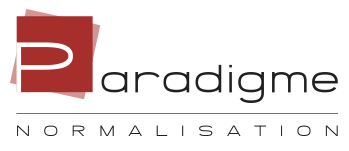Training
Accounting and assurance standars – Financial Instruments

Length: 7 h 00
New training for 2025-2026
Summary
Section 3856 – Financial Instruments of the Canadian Accounting Standards for Private Enterprises (ASPE) establishes the rules regarding recognition, classification, measurement, presentation, and disclosure of financial instruments.
Its application still raises several questions in practice, particularly with respect to redeemable or mandatorily redeemable shares, related party transactions, compound instruments, and embedded derivatives. This full-day training provides an in-depth overview of the standard’s requirements, enhanced with practical examples, case studies, and real-life scenarios.
Learning objectives:
- Understand and apply the key principles of Section 3856.
- Differentiate between amortized cost and fair value measurement.
- Identify and appropriately address related party financial instruments.
- Document impairment of financial instruments and required adjustments.
- Master presentation and disclosure requirements in the financial statements.
- Develop practical reflexes to anticipate issues raised during professional inspections.
Agenda
Fundamental principles
- Initial recognition and classification of financial instruments.
- Distinction between amortized cost and fair value, with numerical examples.
- Impairment and loss of value: indicators, tests, and accounting impacts.
Specific financial instruments
- Redeemable or mandatorily redeemable shares.
- Compound instruments (e.g., convertible debt).
- Derivatives and embedded contracts: identification and accounting treatment.
Related party transactions
- Accounting for interest-free loans and non-monetary consideration.
- Interaction with Section 3840.
- Required documentation and decision trees.
Presentation and disclosure
- Financial statement impacts: balance sheet, income statement, and equity.
- Notes and disclosure obligations.
- Examples of prior period restatements.
Practical application
- Case studies and initial recognition exercises.
- Examples of restatements and accounting adjustments.
- Drafting notes and file documentation (audit and review engagements).
Also included
- Integrated changes in Paradigme questionnaires.
- Interactive discussion of issues encountered in practice.
- Key points raised during professional inspections.
Results for your firm
- Improved understanding of the complex provisions of Section 3856 and consistent application in your engagements.
- Reduced risk of errors or omissions in the preparation and review of financial statements.
- Enhanced quality and rigour in file documentation.
- Strengthened credibility of your firm with clients and the CPA Order.
- Optimal preparation for professional inspections and regulatory inquiries.
Soyez les premiers informés!
Inscrivez-vous à notre infolettre et soyez à l’affût des formations disponibles et des nouveautés.


